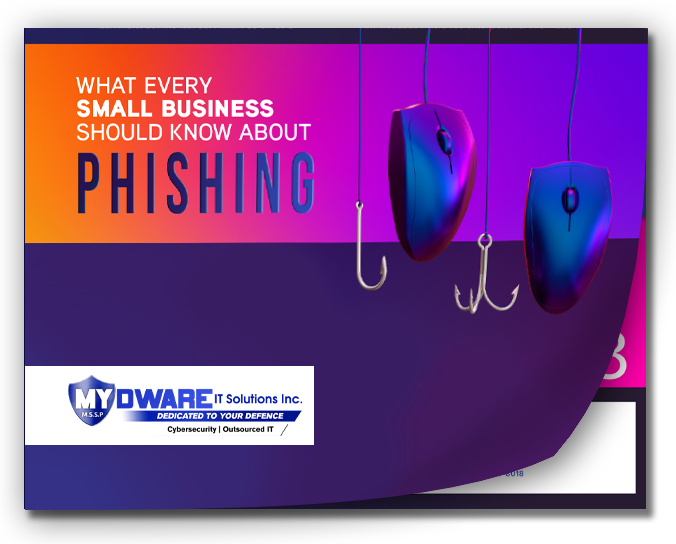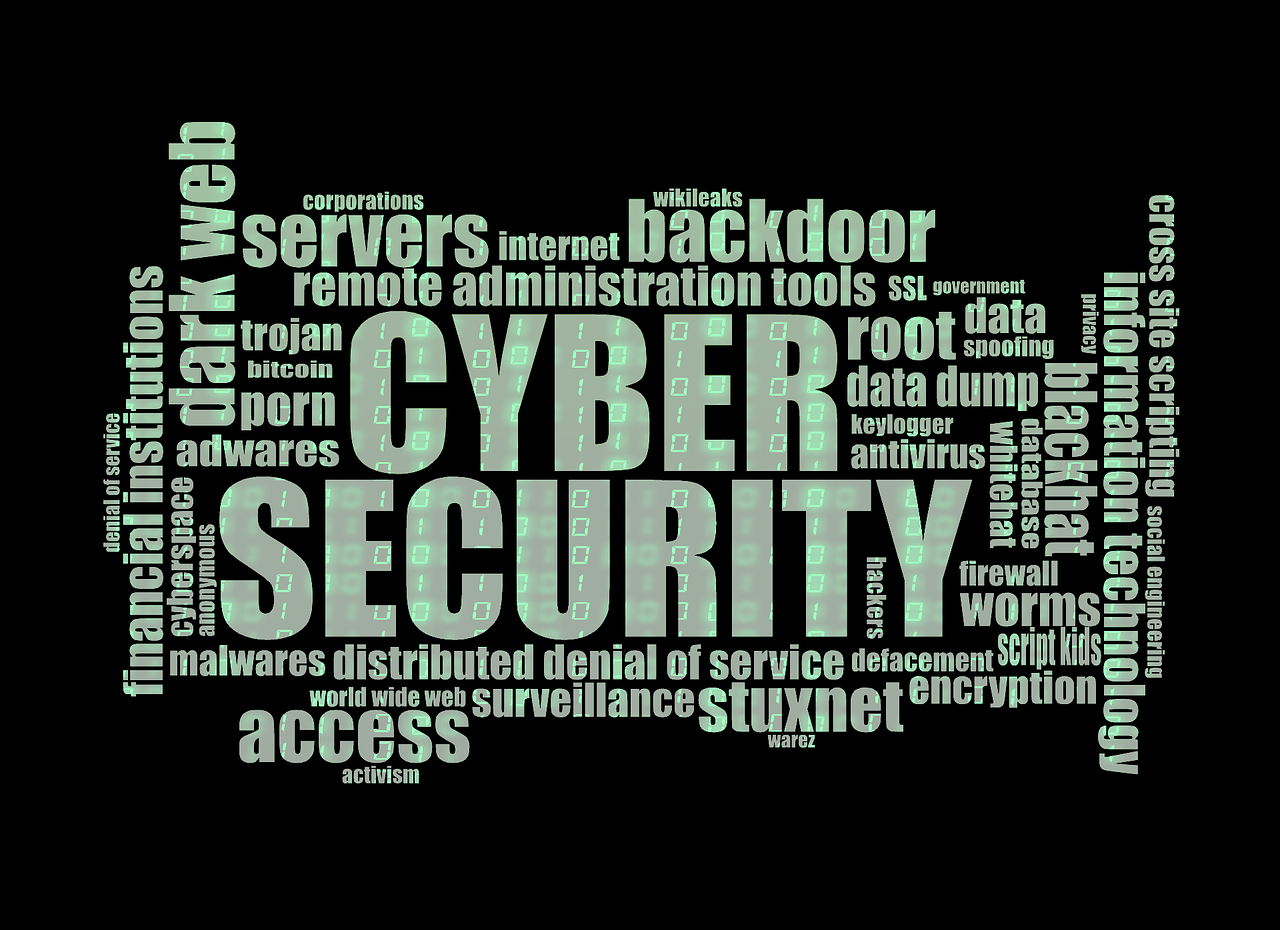 The holiday rush isn’t just busy for your sales team — it’s also peak season for cybercriminals. Scammers know your staff are distracted, overworked, and less likely to double-check what looks like a routine email or text.
The holiday rush isn’t just busy for your sales team — it’s also peak season for cybercriminals. Scammers know your staff are distracted, overworked, and less likely to double-check what looks like a routine email or text.
Just last year, an accounts payable clerk received a message from her “CEO” asking her to buy $3,000 in Apple gift cards for clients. It sounded legitimate — after all, it was the holidays. Within hours, the scammer cashed out, leaving the company to eat the loss.
These incidents aren’t rare, and they’re only getting more sophisticated. In one shocking case, a European manufacturer lost $60 million after a single employee processed fake wire transfers that appeared to come from trusted partners.
It’s a reminder that no business is too small or too busy to be a target. If you want to make sure your company doesn’t fall into the same trap, book a FREE cybersecurity risk assessment now.
Holiday Cybercrime: A Growing Threat to Small Businesses
Gift card and wire fraud scams hit record highs in 2024, and experts warn 2025 will be worse. Cybercriminals are using social engineering, AI-generated messages, and spoofed identities to bypass your team’s guardrails.
Business email compromise now accounts for over 70% of cyber incidents worldwide, and small businesses are the easiest targets.
That’s why proactive cybersecurity training is crucial. Learn why your competitors are prioritizing this with our post: 3 Reasons Your Competitors Are Training Their Teams For Cybersecurity.
5 Common Holiday Scams You Need to Stop Before They Start
Let’s break down the biggest holiday scams — and how to stop them before they cost you thousands.
1. “Your Boss Needs Gift Cards”
Scammers impersonate leaders via text or email, demanding gift cards for “clients.” Always require dual approval for purchases — and teach your staff that executives will never make requests over text.
2. Invoice and Payment Switch-Ups
Fraudsters hijack vendor threads and send fake banking updates. Always confirm new payment info with a verified contact by phone.
3. Fake Delivery Notifications
Links from “shipping providers” are often phishing attempts. Train staff to visit carrier sites directly — never click tracking links.
4. Malicious Attachments in “Holiday Party” Emails
That “holiday schedule” PDF might hide malware. Scan all attachments and block macros to prevent silent infections.
5. Charity and Fundraiser Scams
Cybercriminals spoof donation sites to steal credit card info. Share a list of verified charities and centralize donations.
Learn more about avoiding advanced threats in our guide: 5 Cyber Threats That Could Take Your Business Down Instantly.
Why Cyber Scams Work — and How to Beat Them
Criminals thrive on trust. They mimic your communication patterns, use realistic logos, and strike during high-pressure moments. These scams succeed not because of poor technology, but because of human error.
Multifactor authentication blocks 99% of unauthorized access attempts, yet many businesses still rely on passwords alone. Combine MFA with role-based access and phishing simulations, and your risk drops significantly.
If your IT systems haven’t evolved in a few years, it might be time for a reality check. Here’s why: Why Weak IT Core Can Be Your Business’ Downfall.
Keep Your Business Secure This Holiday Season
The truth is simple — cybercriminals don’t take holidays off. A few extra precautions can save your company from a financial disaster.
Before December hits, review your payment procedures, enforce the two-person rule for large transactions, and run a quick cybersecurity briefing with your team.
The employee who cost their company $60 million could have stopped the loss with a single verification call.
Don’t let your business become the next headline — book your FREE cybersecurity risk assessment today and protect your data, your money, and your peace of mind.
Darryl Cresswell
CEO & President
MYDWARE IT Solutions Inc.




